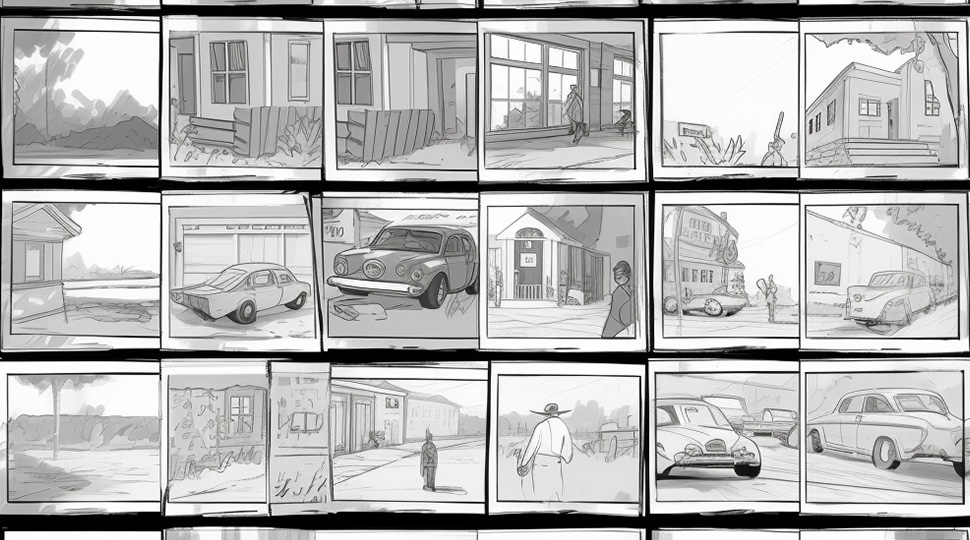
Storyboarding is a critical pre-production process in animation that involves creating a visual roadmap for a project. It serves as a blueprint for the entire animation, helping directors, animators, and other stakeholders visualize and plan the sequence of scenes. Here are some important key aspects of storyboarding in animation:
1. Visualizing the Narrative:
- Storyboarding allows creators to visualize the narrative and sequence of events before the actual animation begins. It helps in planning the flow of the story, ensuring coherence, and identifying any potential issues in the narrative structure.
2. Structuring the Story:
- By breaking down the script into individual shots and scenes, storyboarding helps in structuring the story effectively. It allows animators to decide on the composition, framing, and pacing of each shot, contributing to the overall storytelling.
3. Planning Camera Movements:
- Storyboards provide a platform for planning camera movements and angles. Animators can experiment with different perspectives to enhance the visual appeal and convey emotions effectively. This planning stage is crucial for achieving the desired cinematic look and feel.
4. Timing and Pacing:
- Each panel in a storyboard represents a specific moment in the animation. This visual breakdown aids in determining the timing and pacing of the story. Animators can gauge how long each shot will last and ensure that the overall rhythm aligns with the intended narrative tone.
5. Communication Tool:
- Storyboards act as a powerful communication tool, facilitating effective collaboration among team members. Animators, directors, and other stakeholders can use the storyboard to discuss ideas, make revisions, and ensure everyone is on the same page regarding the creative vision.
6. Cost and Time Efficiency:
- Storyboarding helps in identifying potential challenges early in the process, reducing the likelihood of costly revisions later on. It allows animators to streamline the production pipeline by providing a clear roadmap, saving both time and resources.
7. Guiding Animation and Design:
- Animators rely on storyboards as a guide during the animation phase. It helps in maintaining consistency in character design, background elements, and overall visual aesthetics. The storyboard serves as a reference for ensuring that the animation aligns with the original vision.
8. Enhancing Creativity:
- Storyboarding is a creative process that encourages artists and animators to explore different visual ideas. It allows for experimentation with composition, staging, and visual elements, fostering creativity and innovation in the animation process.
9. Storyboarding Techniques:
- Various techniques, such as thumbnail sketches, digital illustrations, or even animatics (animated storyboards), can be employed based on the project's requirements. The chosen technique depends on the complexity of the animation and the preferred workflow of the creative team.
10. Iterative Process:
- Storyboarding is often an iterative process, where initial drafts are refined and improved through feedback and collaboration. This iterative approach ensures that the final storyboard effectively captures the creative vision and storytelling goals.
In conclusion, storyboarding plays a pivotal role in the animation workflow, serving as a foundational step that guides the entire production process. It combines artistic expression with strategic planning, enabling animators to bring their creative visions to life while ensuring a well-structured and visually compelling animated narrative.




0 Comments